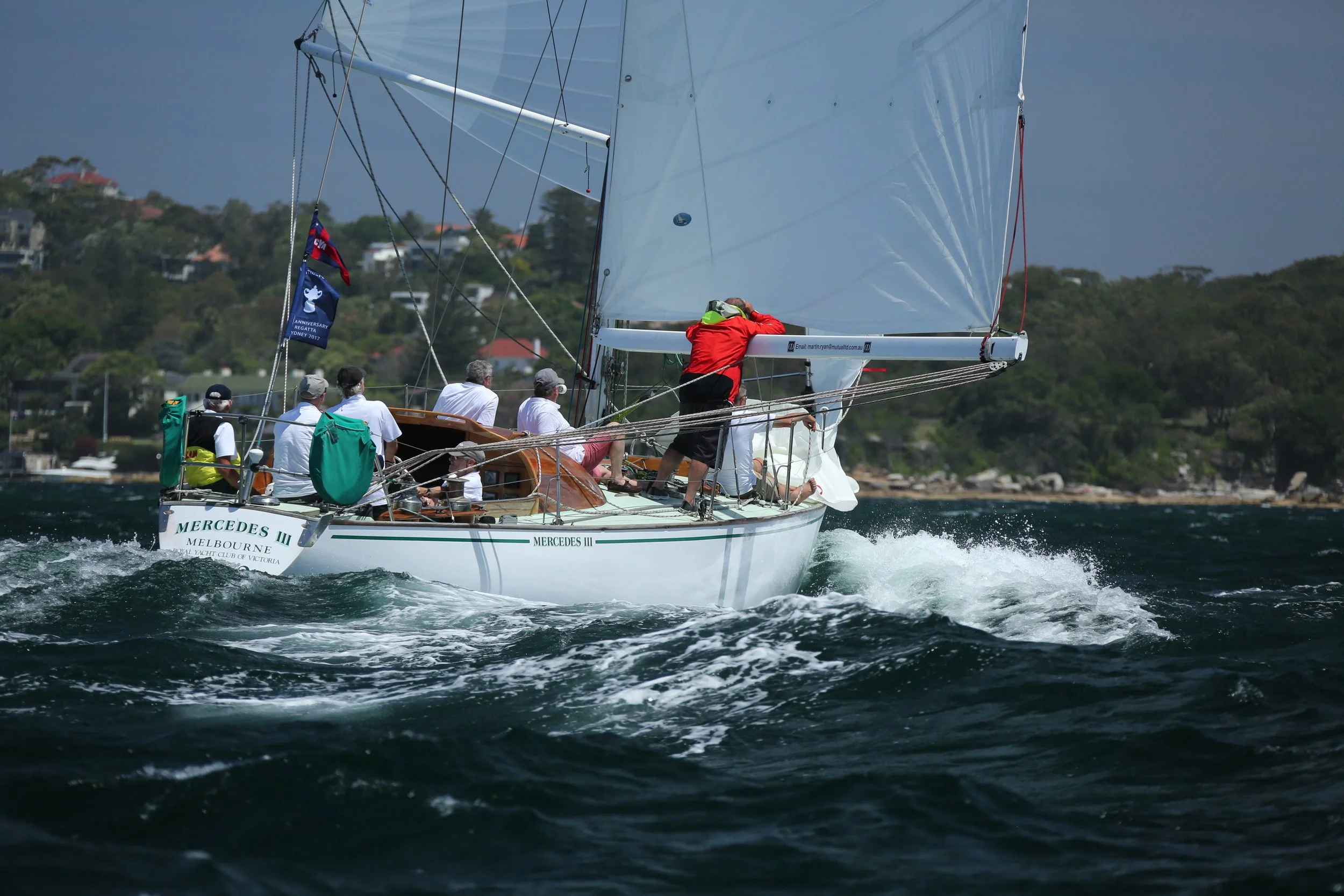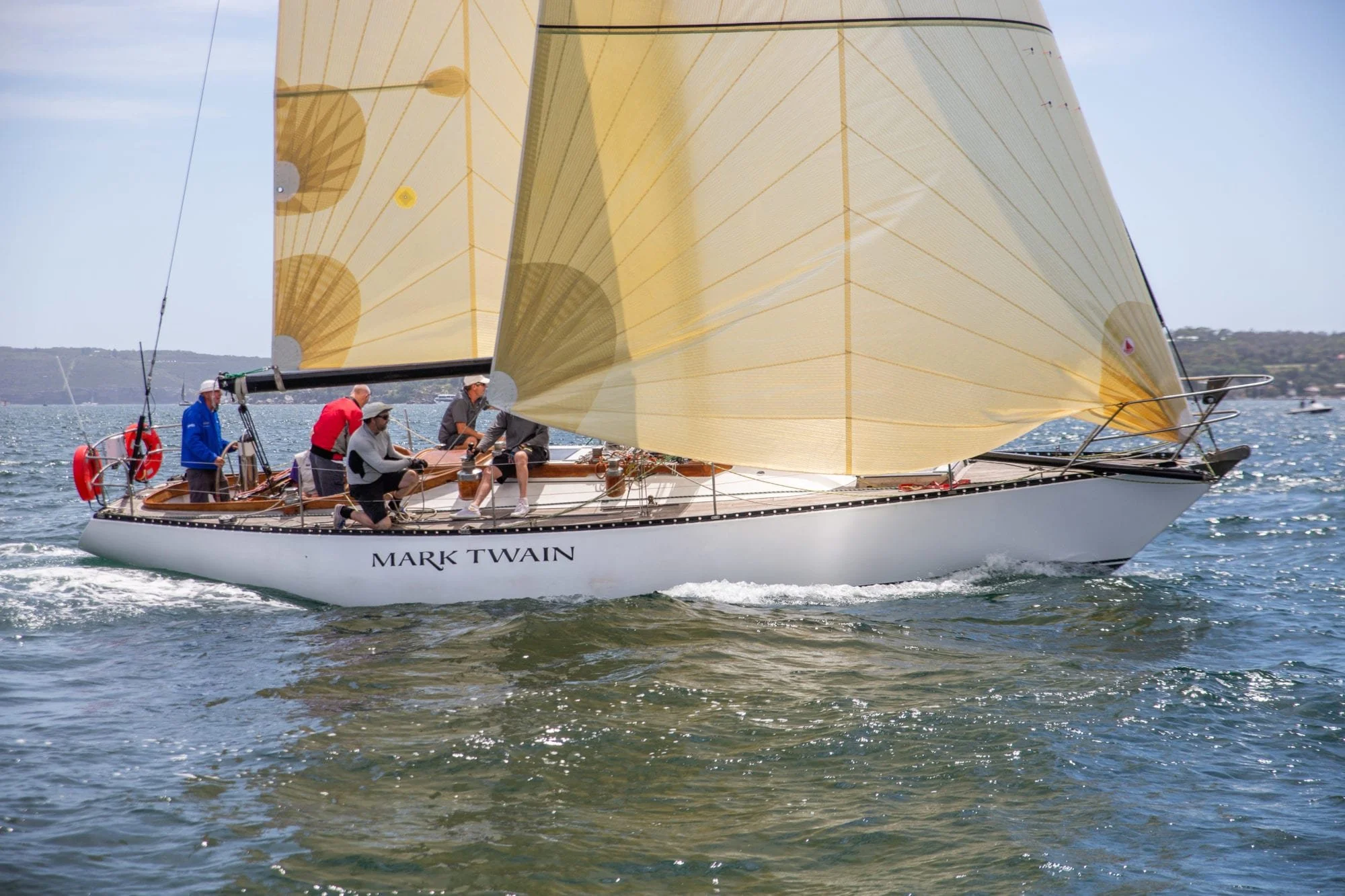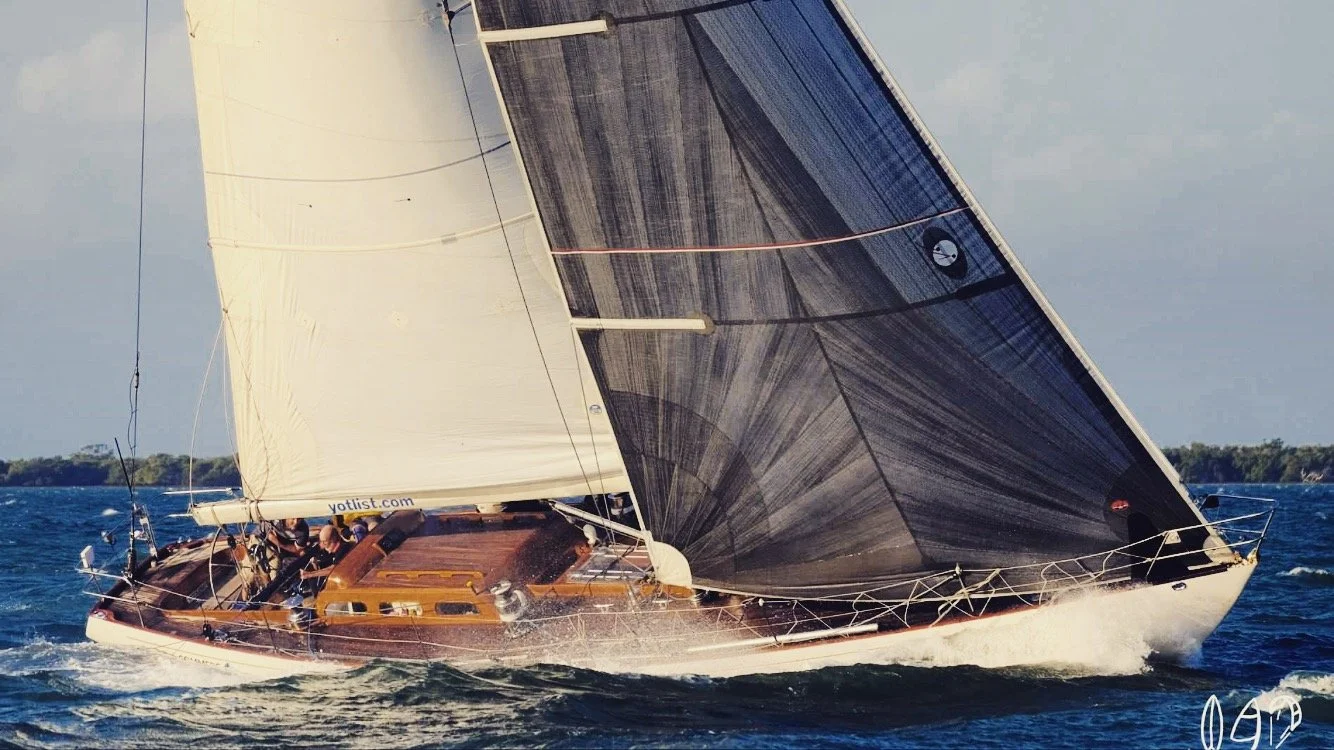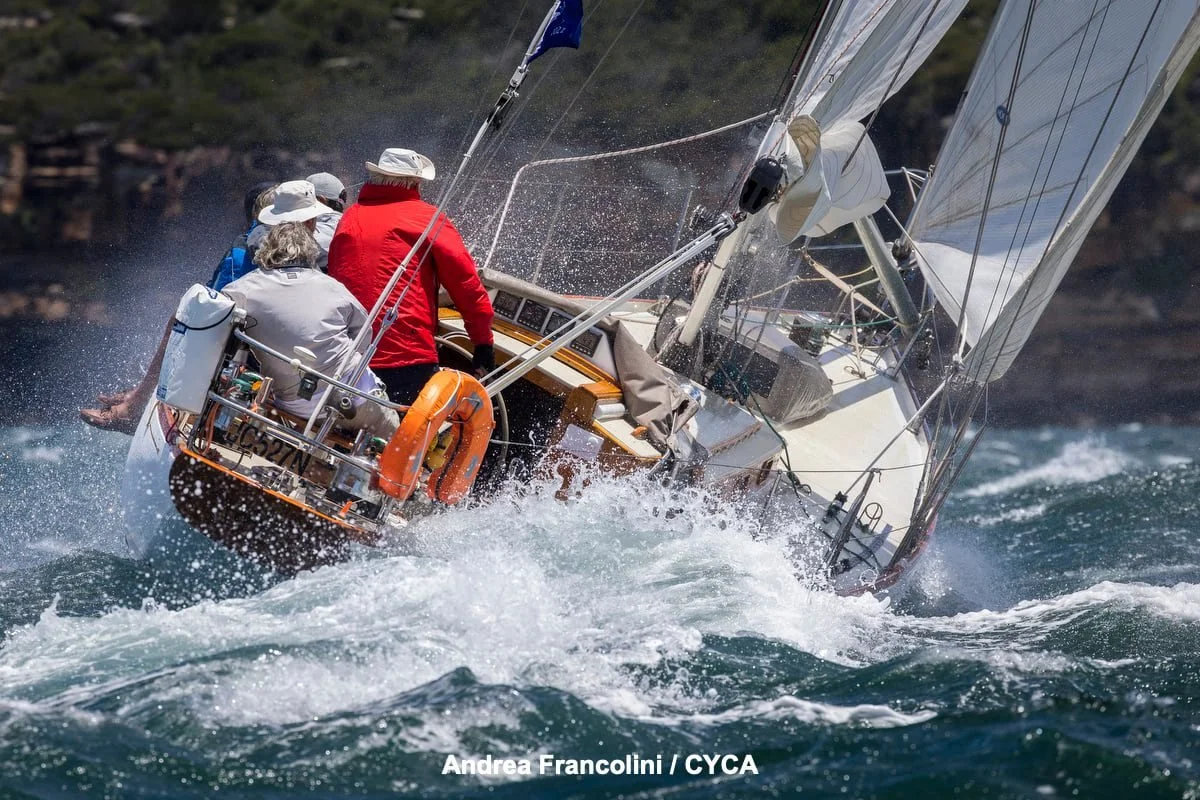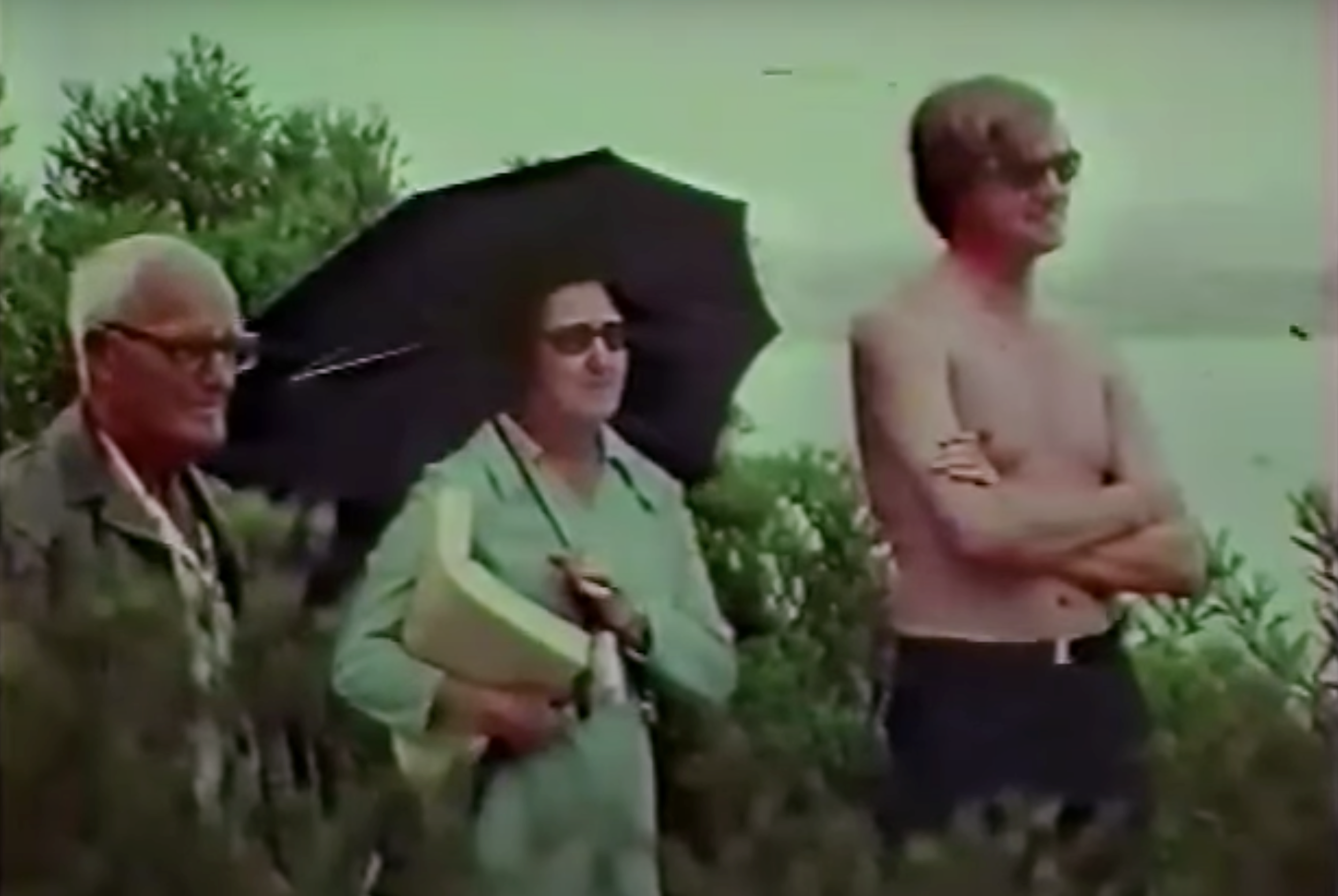Longevity- A 50 year Audit
Fifty years ago, in the 1972 Sydney Hobart Race there were 79 entries. A quick scan of the fleet indicates that 30 of the craft were built of timber. That’s 40%of the fleet. Here’s the program.
This year, with five months still to go until the start, there are so far 61 entries and, apart from one plywood Van der Stadt 30 (there must be a story there!), all of them are composite. That’s hardly surprising. Times have changed and if you want to go fast, wood is not the way. The last timber boat to win the Tattersalls Trophy was LOVE & WAR back in 2006 (and she came damn close again last year!)
What is surprising, is the number of timber boats that sailed in the 1972 race that are still active in fleets around Australia. Just to name a few…CAPRICE OF HUON and ANITRA V regularly battle it out on Sydney Harbour. MERCEDES III and KINGURRA are always at the front end of the Port Phillip Classic fleet. RAGAMUFFFIN races from Brisbane as SPIRIT OF KOOMOOLOO, and MARK TWAIN is still competitive offshore. (click to enlarge)
The eventual winner was a timber modified 12meter called AMERICAN EAGLE, which is now restored to her original configuration and active on the East Coast of the USA.
The race program also described the 74ft Alden designed ketch called SIROCCO as “the yacht with the most colourful history in this year’s fleet. Originally rigged as a ketch, she was at one time owned by film actor Errol Flynn.”. She also is currently fully restored and sailing in the USA.
While these timber yachts sail on majestically, most of the hot new fibreglass boats in the class of ‘72 have disappeared off the radar.
In 2021, between the Beneteau, Hanse and Bavaria brands, the world got over 5000 new fiberglass craft. And they are, on average, bigger than ever before. I find it hard to see how this can be sustainable as marinas fill up with seldom used trophies. When they eventually reach the end of their lives, I worry about the way they will disposed of. (A subject for a different article)
Wooden boats will always be a symbol of timelessness. Of authenticity, craft and sustainability. If we cherish and nurture these treasures, they will not only provide years of enjoyment to those who sail on them, but they can be a more wide-reaching symbol of a way forward in our society; a way that respects longevity over disposability, beauty over function and values over value.
Postscript One
Here’s the film of the 1972 race. Once you get over the overblown commentary, there are some great little moments. I particularly like the group of people they chose to represent “spectators viewing the start”
The scenes aboard AMERICAN EAGLE, as the wind goes forward, while reaching under shy spinnaker, will no doubt send a tingle down the spine of anyone who has raced a heavy displacement boat with a symmetrical kite in too much wind. The strain on the gear is palpable. And the sailing style of Ted Turner is also interesting. He certainly seems to get the most out of his boat. But his aggression seems to spill over towards his crew in a way that might be seen as counterproductive by todays focused, well drilled and quietly professional crews. I’m not sure I would have liked him as my skipper!
Postscript Two. One of the boats in the 1972 race was a 60ft Laurent Giles design called EVEN, representing (soon to be Papua) New Guinea. Does anyone know what happened to her?



